When Space Attacks: The 6 Craziest Meteor Impacts
Intro
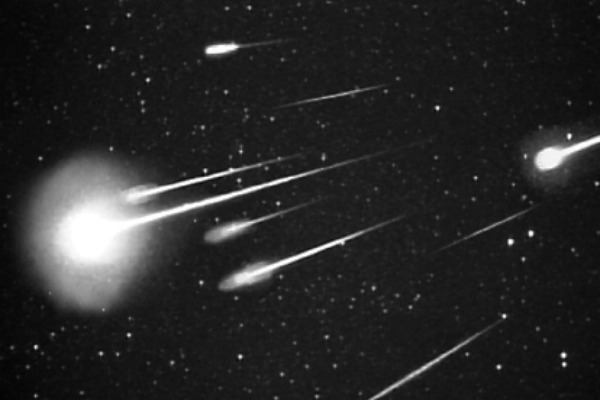
The life-threatening dangers here on Earth may seem like plenty. But lest you forget: at any moment, a rock traveling at 20,000 miles per hour could fall out of the blue sky above, crash through your roof and bonk you on the head. Here's a run-through of modern-era meteorites that have hit people, made them sick, or simply wrecked their cars.
Peekskill fireball

{youtube IMaAjoMjj9w}
On October 9, 1992, a giant fireball came crashing through the evening sky and up the East Coast. First visible in West Virginia, the shards traveled northeast as they fell and eventually impacted the ground in Peekskill, NY, giving the meteorite its name. One fragment wrecked a car.
Because of the shallow angle at which it fell relative to the Earth it burned through the atmosphere, at a slant, for a full 40 seconds the Peekskill meteorite was seen by thousands of people, and captured on video from at least 16 different perspectives. The footage has been used by scientists to study the trajectories of meteors in the atmosphere.
Carancas impact
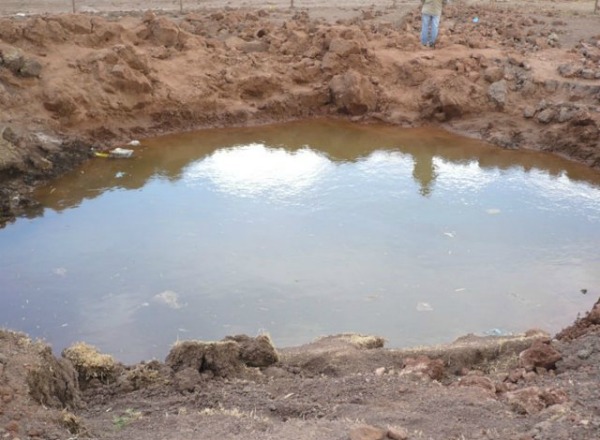
On September 15, 2007, a meteorite impacted Earth near the village of Carancas, Peru, creating a 50-foot-wide crater . When local officials went to investigate, they saw boiling water bubbling at the bottom of the hole. Sickeningly foul-smelling, noxious gases rose out of it, striking the investigators ill on the spot.
In the days after the impact, about 200 villagers came down with a mysterious illness, suffering nausea, headaches and vomiting. Later, tests of the impact site by scientists at Peru's Mining, Metallurgy, and Geology Institute (INGEMMET) showed that the locals had likely suffered mild arsenic poisoning. The meteorite unleashed gaseous arsenic when its hot surface met an underground water supply tainted with the poisonous element, the scientists said. [Read: How Does Arsenic Kill? ]
Hodges meteorite

On November 30, 1954, a fireball streaked through the Alabama sky. It produced a sonic boom that nearly knocked a boy off his bicycle in Montgomery, and created television interference in homes up to 70 miles away from where it landed. The space rock broke up into three main pieces as it ripped through the atmosphere.
Ann Elizabeth Hodges was snoozing on the couch in the living room of her home in Oak Grove near Sylacauga, Alabama when the largest of those pieces, a grapefruit-sized rock, suddenly came crashing down through her roof. It ricocheted off her console radio and struck her on the hip. Badly bruised but still able to walk, Hodges became the only person on record ever to be injured by an extraterrestrial object.
The United States Air Force immediately sent a helicopter to Oak Grove to claim the meteorite. Analysis showed it was wrought of H4 chondrite, a ferrous type of rock.
Sikhote-Alin meteor shower
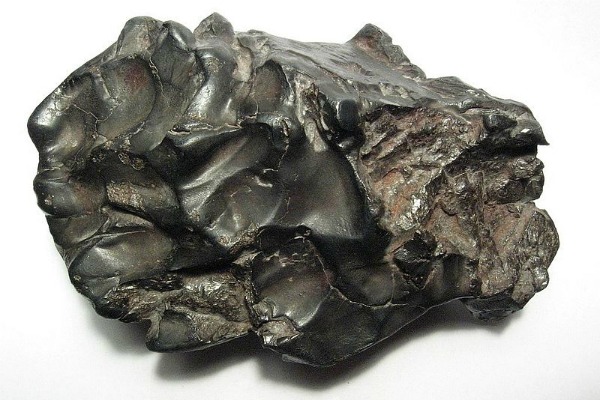
In 1947, about 200,000 pounds (90,000 kg) of almost pure iron fell from the sky in Eastern Siberia. The Sikhote-Alin meteorite, named for the mountains upon which it landed, entered the atmosphere at an astonishing speed of 8.7 miles per second (14 km/s), or over 31,000 mph. It appeared brighter than the sun as it streaked downwards, and was visible from up to 190 miles (300 km) away.
A residual smoke trail could be seen for several hours after the impact, and for years, fragments of iron were found driven into trees.
Chicora cow killer
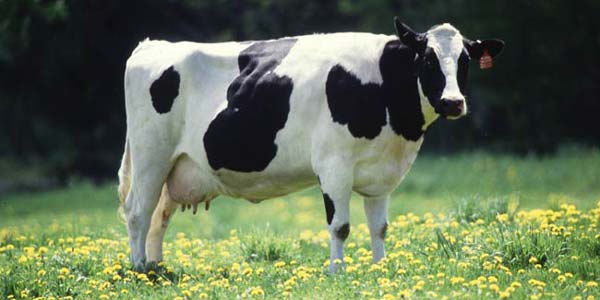
A meteoroid exploded as it entered the atmosphere above Chicora, Pennsylvania on June 24, 1938. Based on the size of the explosion, scientists estimated the rock's initial mass (before it broke up) to have been more than 450 tons. However, only scant pieces of the meteorite were ever found located miles away from where the main mass, missing to this day, is thought to have landed.
Several reports on the Chicora meteorite mention that an unsuspecting cow was struck and injured by one falling shard; other accounts say that the poor animal was killed.
Tunguska explosion
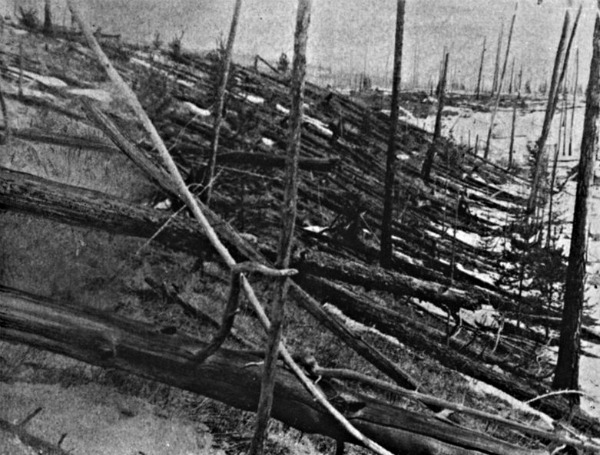
The biggest and most mysterious impact event in recorded history took place above the Podkamennaya Tunguska River in Russia on the morning of June 30, 1908. The Tunguska explosion, which was 1,000 times more powerful than the atomic bomb dropped by the United States on Hiroshima during World War II, is believed to have been caused by the collision of a large meteoroid or comet with the atmosphere, 3 to 6 miles (510 km) above the Earth's surface.
The shockwave from the explosion knocked over an estimated 80 million trees covering 830 square miles (2,150 sq. km) of land below it, and knocked people off their feet hundreds of miles away. For several months following the Tunguska event, the Smithsonian Astrophysical Observatory in the United States observed a decrease in atmospheric transparency because of suspended dust from the explosion.
The scale of the Tunguska event sparked many people's imaginations. Some have hypothesized that it was caused by the crash of an alien spaceship. Others say it happened when a black hole passed through Earth, and yet others say it resulted from the annihilation of a chunk of antimatter from outer space when it hit the matter in the atmosphere. None of those theories account for the mineral debris left over from the explosion, however.
Sign up for the Live Science daily newsletter now
Get the world’s most fascinating discoveries delivered straight to your inbox.
Natalie Wolchover was a staff writer for Live Science from 2010 to 2012 and is currently a senior physics writer and editor for Quanta Magazine. She holds a bachelor's degree in physics from Tufts University and has studied physics at the University of California, Berkeley. Along with the staff of Quanta, Wolchover won the 2022 Pulitzer Prize for explanatory writing for her work on the building of the James Webb Space Telescope. Her work has also appeared in the The Best American Science and Nature Writing and The Best Writing on Mathematics, Nature, The New Yorker and Popular Science. She was the 2016 winner of the Evert Clark/Seth Payne Award, an annual prize for young science journalists, as well as the winner of the 2017 Science Communication Award for the American Institute of Physics.











